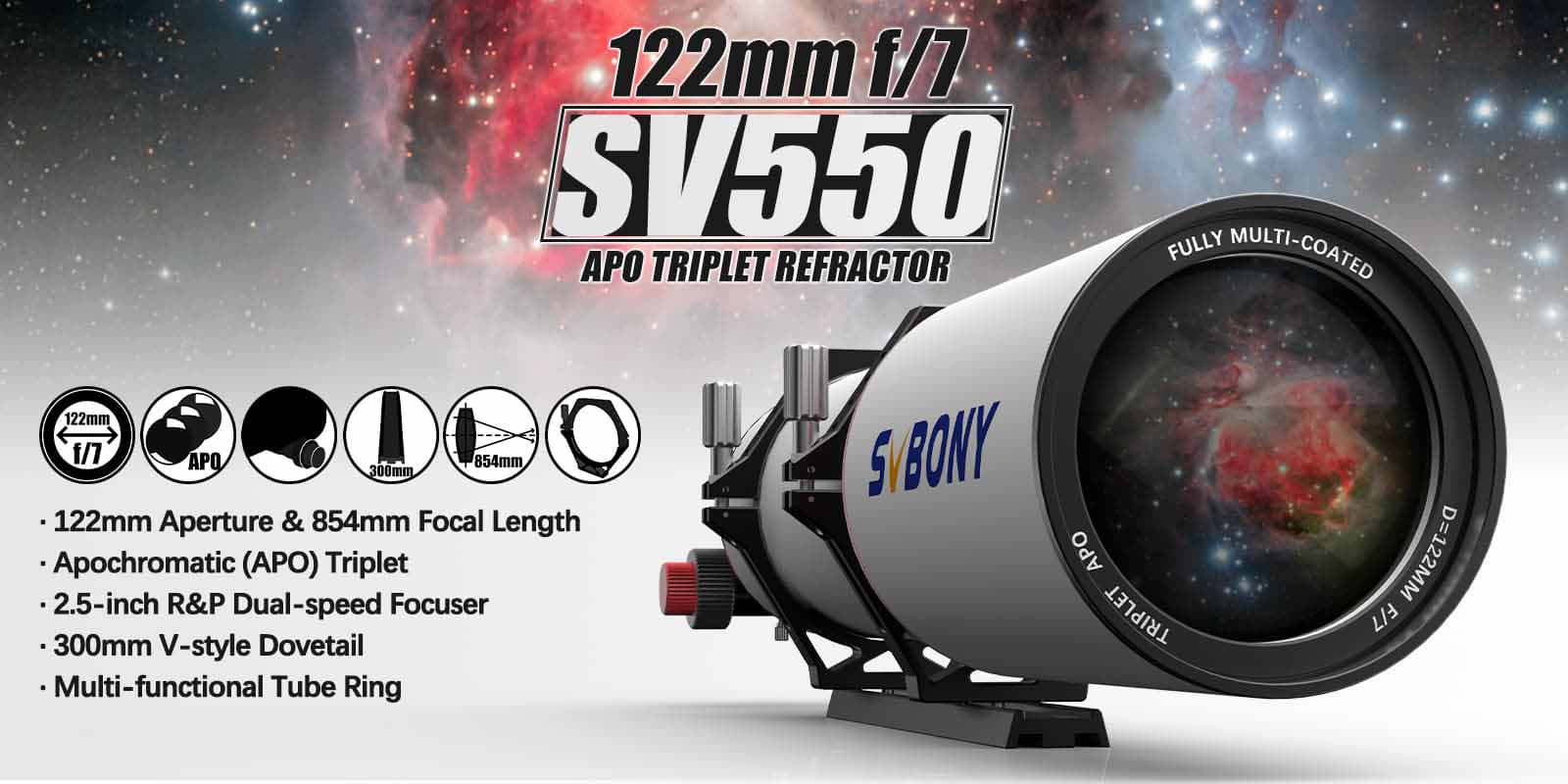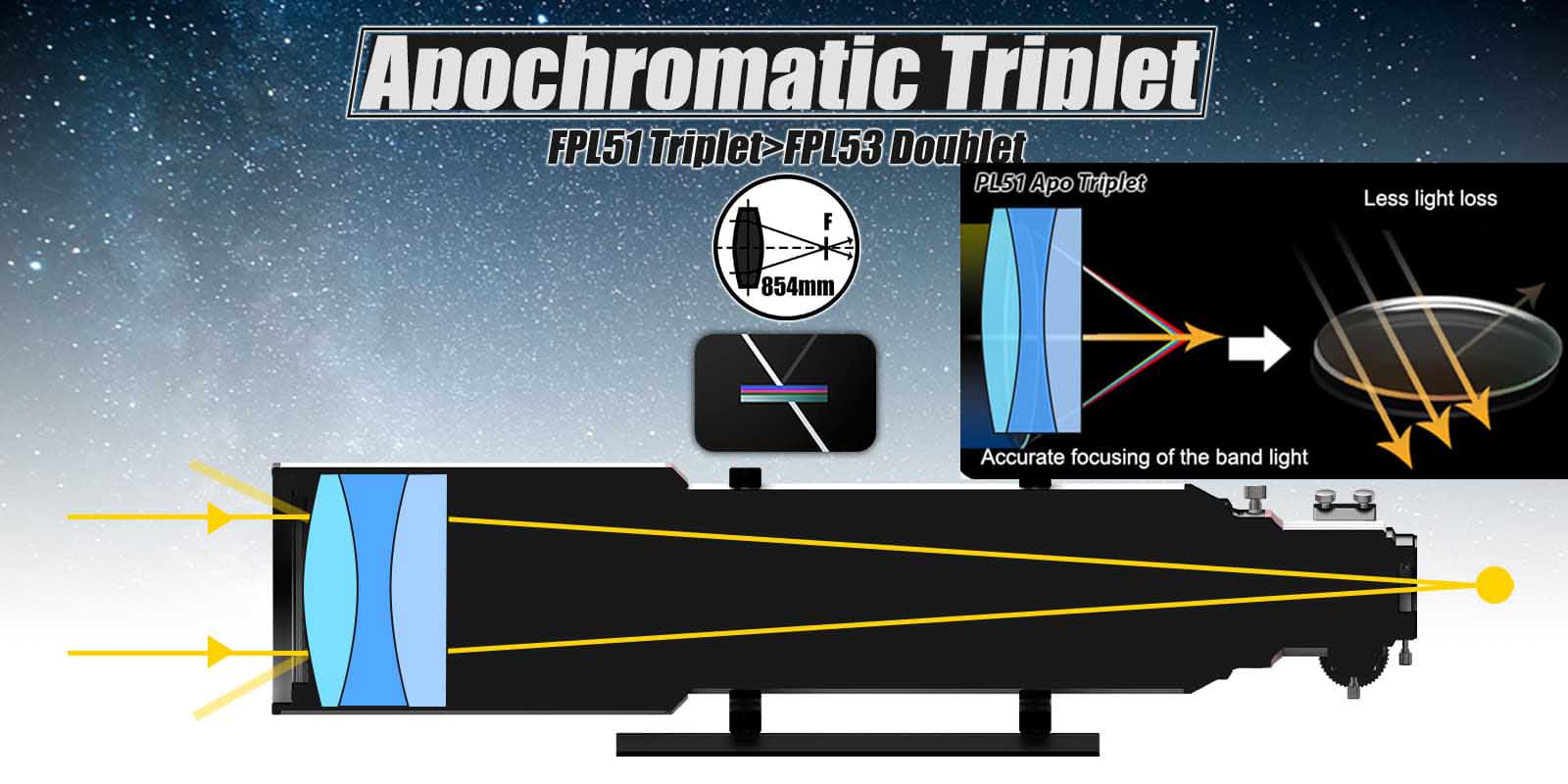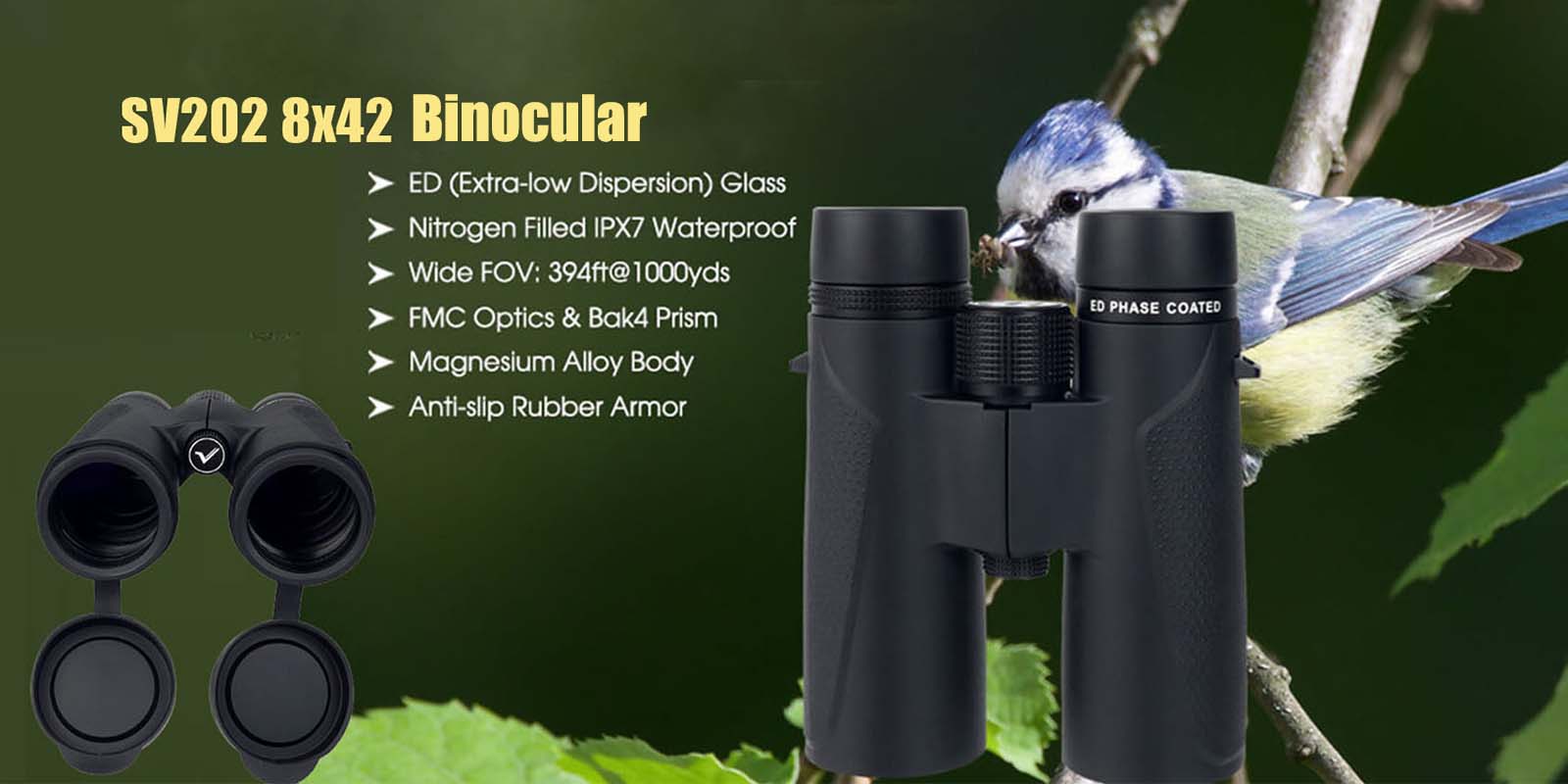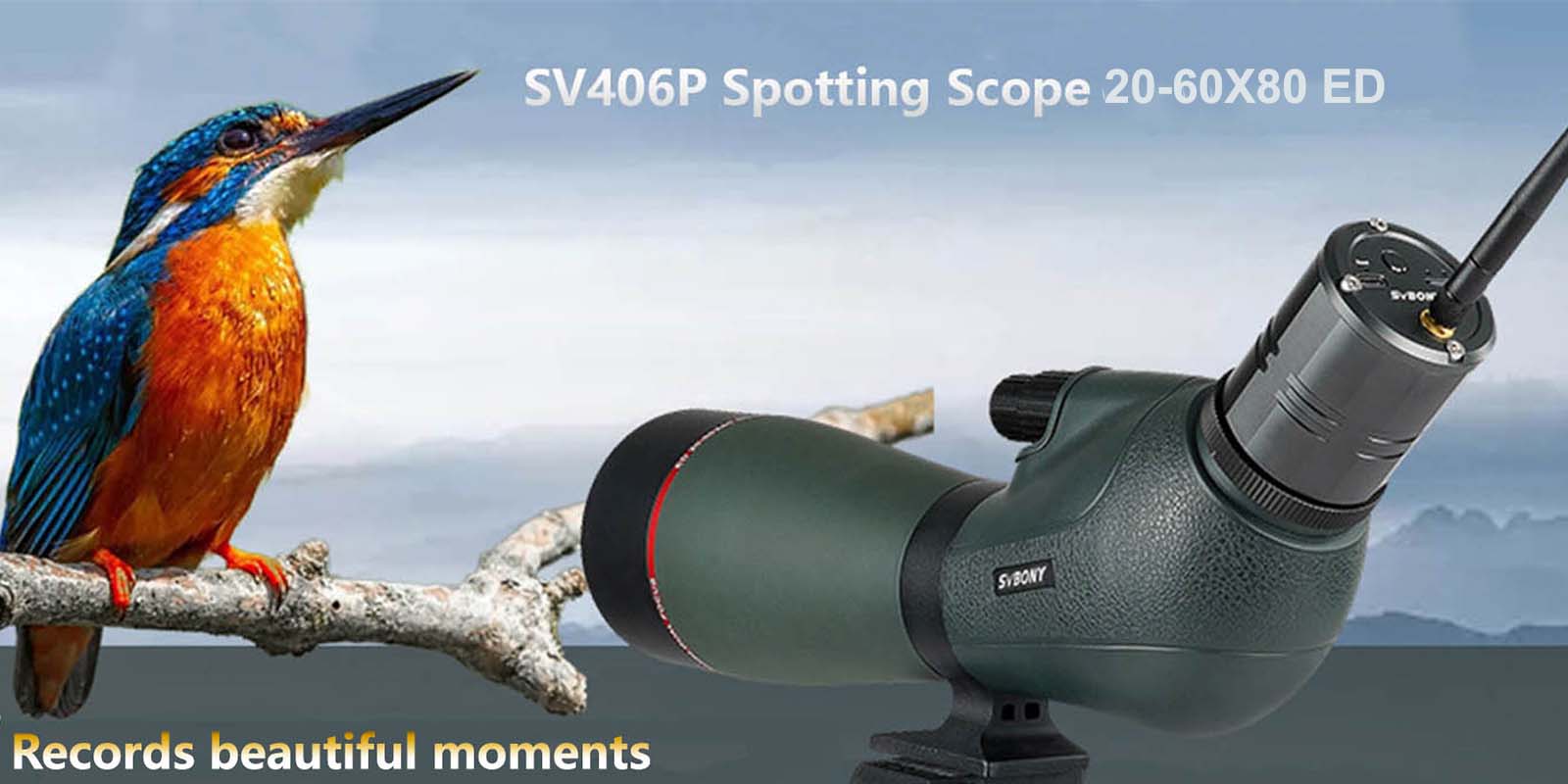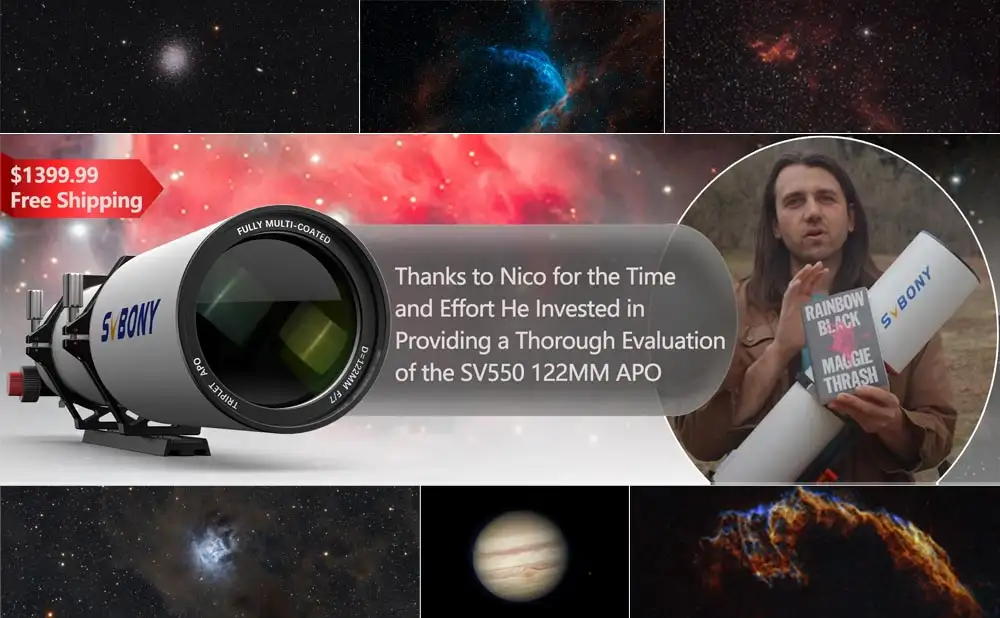Spotting Scopes Vs. Telescopes - Which One is the Right Choice for You
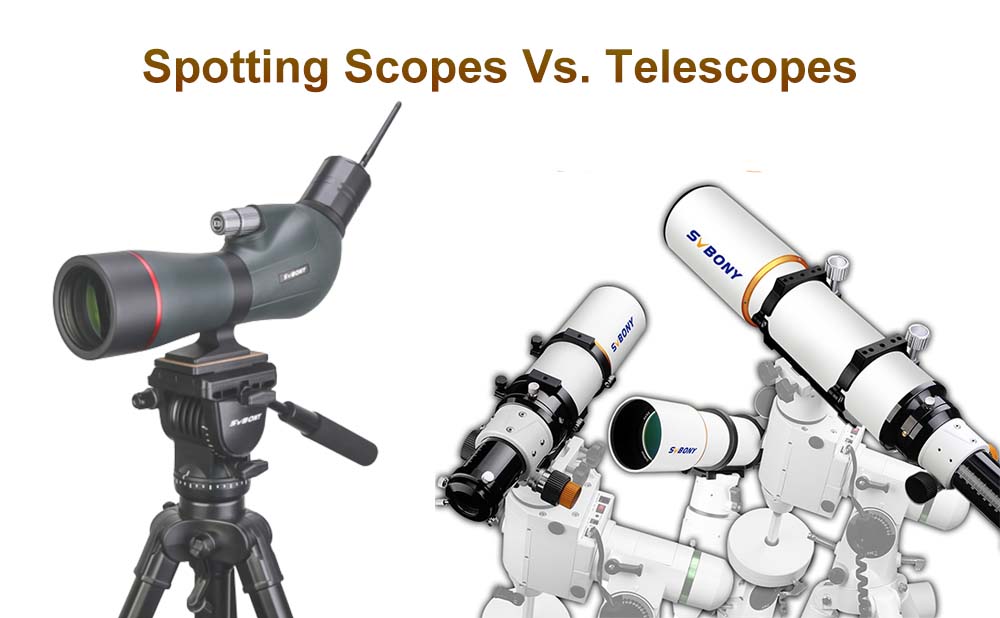
Spotting Scopes Vs. Telescopes - Which One is the Right Choice for You
Spotting Scopes Vs. Telescopes - Which One is the Right Choice for You
Telescopes and spotter scopes look very similar because they are both long and cylindrical, with an eyepiece and a lens at the end. Also, they’re both used to observing things that are far away. Additionally, they both usually have a tripod to help them stay steady. Finally, both telescopes and spotting scopes are manned by interested observers keenly searching.
However, they both have very different designs for distinct purposes that might not be so obvious because of their similar appearance. Keep reading if you need to know—is a spotting scope better than a telescope?
The Engineering of Observation
The main purpose of a telescope and a spotting scope is to show you objects that are too far away for you to see without special tools, but they are two different types of devices. The difference is that telescopes collect light, while spotter scopes magnify objects.
Telescopes have lenses that collect light and focus it through a hole in the center of the telescope’s main mirror or lens. The holes are usually smaller than the size of your finger, but they are essential. Without them, telescopes would not work because they would not focus the visible light onto an eyepiece. Some telescopes use an instrument called a compound lens, which has multiple lenses inside each other. These lenses collect light and focus it onto your eye with the help of one or more mirrors.
Like SVBONY SV550 122 APO, which adopts a FPL-51 triplet apochromatic lens structure that contains one piece of ED glass. The triplet lens provides better correction of aberration and significantly reduces chromatic aberration and enhance the clarity and sharpness.
A spotting scope is a type of telescope used on the ground. Hunters and sports enthusiasts typically use this device. The main advantage of a spotting scope is that it can provide very high magnification, which is not possible with other types of telescopes. A spotter scope can also be equipped with infrared light for night hunting. Spotting scopes are useful for hunters and sports enthusiasts who want to observe objects at a distance.
Magnification of Heaven and Earth
Magnification can be calculated by dividing the size of the image on the screen by the size of the object. For example, a 6-foot-tall person in front of a 3-foot-tall person will produce an image that is 2 feet tall (6 divided by 3). The same thing happens when imaging astronomical objects such as galaxies or stars.
The magnification of an astronomical object is the ratio of its size to the object size at infinity. Consider a telescope with a focal length ƒ that magnifies an object by M. The magnification M is defined as M=√(Mx/ƒ), where ƒ is the focal length, and Mx is the actual linear dimension of the observed image as seen from infinity. For example, the magnification of the Hubble Space Telescope is 5.8, which means that to see a magnified image of a small object, you would have to look through an aperture ƒ/5.8.
Telescopes are mostly used for astronomical purposes, while a spotter scope observes terrestrial objects, such as tracking military movements, air traffic control, and astronomy, to see objects that are far away or have low contrast. Spotting scopes have a wider field of view and higher magnification power than telescopes. They are often used with binoculars.
Which is better and when?
Telescopes are typically used in astronomy to observe stars, planets, galaxies, and other celestial objects. It is a long tube with two or more lenses at one end to gather and focus light and then magnify the image for viewing. Different types of telescopes include refracting telescopes, reflecting telescopes, and CAT scopes.
A refractor telescope uses a lens to gather and focus light. The focal point is at the lens instead of the object. Refractor telescopes are typically used for binoculars because they have two lenses for each eye. A reflecting telescope uses mirrors to gather and focus light on a curved mirror or primary mirror that reflects light to a smaller secondary mirror which directs it up into an eyepiece or camera tube.
They can be achromatic or apochromatic. CAT scopes are usually achromatic, meaning they have little color distortion. This type of scope has a long tube and is designed to be mounted on a stand for an observer, who needs to be able to move back and forth along the length of the tube. In contrast, Maksutov-type CAT scopes are redesigned with color correction in mind.
A spotting scope is an optical instrument used by hunters and other observers to identify targets at long ranges. Spotting scopes are often used with high-powered rifles or else for hunting; they provide a clearer image than the naked eye alone, allowing the user to distinguish between game animals at distances beyond what can be seen with unaided vision.
It is best to use a spotting scope when you need magnification power that exceeds what your eyes can offer when looking through the scope tube. If you need magnification power of more than 20x, it’s best to use a telescope because it has more powerful magnification capabilities than a spotting scope. Magnification power is how much you can see through the objective lens of a telescope but not through the eyepiece.
Most scopes have magnification powers between 10x and 20x, but some higher-powered models go up to 60x, such as SVBONY SV406P 20-60x80 ED spotting scope. The stronger the magnification power, the more detail you will see in your subject matter at one time.
In conclusion, you wouldn’t set up your telescope to observe some birds nesting in a tree across the street. Nor would you use a spotter scope to observe the Orion Nebula in a clear night sky. Telescopes are best used in dark settings to catch light from celestial bodies, while spotter scopes are what sailors use to find land.
So start now, place your order now before Black Friday and Cyber Monday, and prepare Christmas gifts for your family and friends in advance.

